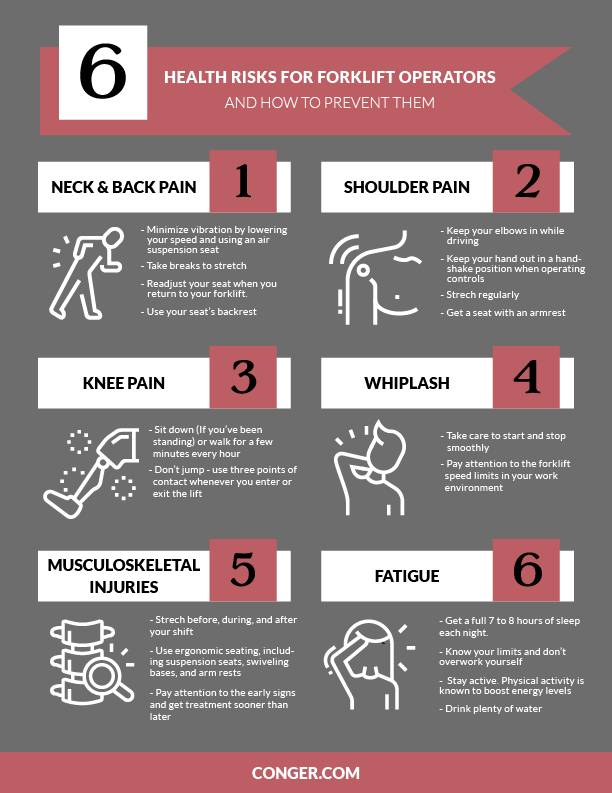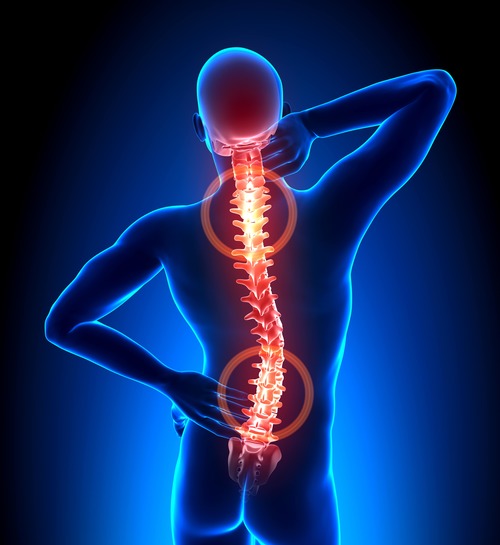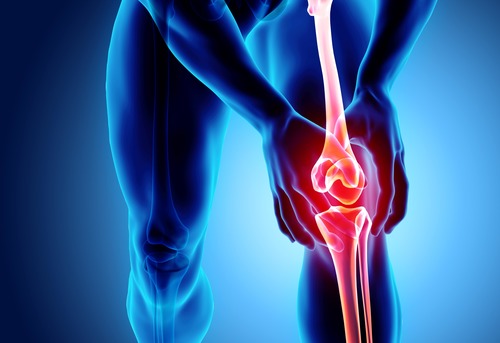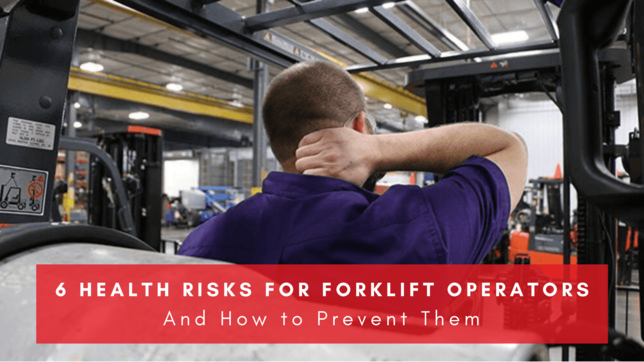Forklift drivers face more than just heavy loads; their job comes with serious health risks every single day.
Between long shifts, sitting for hours at a time in a cramped cab, and twisting and craning your neck to see behind you, you’ve no doubt experienced some side effects from driving a forklift.
That’s why we asked Dr. Chad Hoffman from Lifestyle Chiropractic, in Green Bay, Wisconsin for his expert advice on what you can do to minimize the health impacts of driving a lift truck.
Let’s dig in.

NECK AND BACK PAIN
Neck and back pain is often directly related to your work environment.
It can also result from any poor habits you may have picked up.

A few causes of your pain could be whole body vibration, sitting for long periods, and poor posture.
WHOLE BODY VIBRATION
Whole-body vibration is the transmitted vibration, shaking, or jolting of the body through a supporting surface.
In this case, the vibration transmission is from your forklift seat, floor, or backrest, and it can predispose you to back pain or aggravate existing back problems.

To avoid whole-body vibration injuries:
-
Lower your speed.
-
Use an air suspension seat, as it decreases the vibration transferred to your body.
-
Minimize your travel over uneven surfaces.
SITTING FOR LONG PERIODS
Sitting for long periods may be unavoidable for a forklift operator.
Plus, twisting often in your seat can cause strain to your muscles.
Dr. Hoffman’s Advice
Even in cramped quarters where you maintain the same position for extended periods, do your best to stretch your neck and surrounding muscles regularly.
While sitting for extended periods may be unavoidable at work, do your best to break that pattern outside of work.
Do simple bodyweight exercises such as squats, push-ups, sit-ups, and walking/running to enliven your muscles and release any tension.
It’s crucial to move your body when you can – it not only helps you feel better (not as stiff) but will help boost circulation, lower blood pressure, and improve your muscle strength, allowing your body to better adjust to any neck, back or joint pain you are experiencing.
To alleviate issues caused by sitting for long periods:
-
Take breaks to stretch. Simple stretches that can be done on the job will do.
-
Readjust your seat when you return to your forklift. Your feet should rest comfortably and you should be able to easily reach the steering wheel, pedals, and hydraulic controls.
-
Use your seat’s backrest to take pressure off your back.
POOR POSTURE
Poor posture can sneak up on you when you’ve been sitting in the same position for hours.
Dr. Hoffman’s Advice
Studies show that posture also affects mindset. If you have poor posture regularly, chances are you aren’t in the greatest of moods.
Sure, work sometimes might get difficult, but do your best to sit up straight, and your mind, not to mention your body, will thank you.
To combat poor posture:
-
Avoid slumping forward to reach the controls.
-
Remove your wallet from your back pocket. Your back will adjust to the uneven seating surface, causing you to strain
SHOULDER PAIN
Your muscles can get stiff and sore thanks to the amount of time you spend on a forklift.
Steering, operating the hydraulic controls, and repetitive motion can cause strain on your shoulders.

Keep these tips in mind to avoid muscle fatigue and shoulder pain:
-
Keep your elbows in while driving
-
When operating your controls try to keep your hand out in a handshake position rather than palm down
-
Stretch regularly
-
Ask about getting a seat with an armrest – it can help protect your shoulders
KNEE PAIN
Forklift operators that drive stand-up forklifts can often experience knee pain.
Simply standing for a long time puts pressure on your lower body.
When you’re also bracing yourself against the movement of the forklift, the pressure and strain increase.
For operators of sit-down forklifts – anytime you twist around, you can also be stressing your knees.

Take care of your knees and avoid pain by:
-
Using a knee brace.
-
Sitting down (if you’ve been standing) or walking for a few minutes every hour.
-
Using three points of contact whenever you enter or exit the lift instead of jumping on or off.
WHIPLASH
Aggressive acceleration and stopping can cause whiplash injuries.
Some symptoms that you may experience include:
-
Neck pain.
-
Stiffness.
-
Headaches.
-
Dizziness.
-
Difficulty concentrating.
Did You Know?
Speeding is a leading cause of forklift accidents. Learn more about the top 10 most common forklift accidents.
To avoid whiplash injuries:
-
Take care to start and stop smoothly.
-
Pay attention to the forklift speed limits in your work environment.
MUSCULOSKELETAL INJURY
Musculoskeletal injuries can involve damage to your muscles, tendons, nerves, discs, blood vessels, and more.
These injuries can be caused by jerking or repetitive movements that damage the muscle tissue.
Early signs appear in the upper body including the neck, upper back, shoulders, and forearms.
If left untreated, severe pain and reduced movement can lead to the eventual inability to work.
Dr. Hoffman’s Advice
If you are experiencing severe pain, or if the severity of a particular source of discomfort increases over time, it’s in your best interest to see a health professional.
Musculoskeletal injuries will likely not heal nor necessarily decrease in severity on their own.
To avoid musculoskeletal injuries:
-
Stretch regularly
Stretching before and after your shift can reduce strain on your muscles caused by repetitive movements. Take breaks to stretch during your shift to minimize your risk.
-
Use ergonomic seating if possible
Some features include swiveling bases, armrests, and weighted suspension which can make your shift more comfortable by protecting your neck, head, shoulders, back, and legs.
-
Pay attention to the early signs
In addition to the signs listed above, fatigue is commonly associated with musculoskeletal injury.
FATIGUE
Fatigue is a serious hazard for forklift operators.
Inattentiveness due to fatigue can cause severe injuries and damage to forklift operators, pedestrians, and products alike.
So it’s important to be aware of the signs of fatigue, including:
-
Lack of energy.
-
Muscle weakness.
-
Shortness of breath.
-
Difficulty concentrating.
-
Impaired decision-making.
-
Reduce alertness.

To avoid fatigue:
-
Get a full seven to eight hours of sleep each night.
-
Know your limit and don’t overwork yourself.
-
Stay active. Physical activity is known to boost energy levels.
-
Drink plenty of water.
